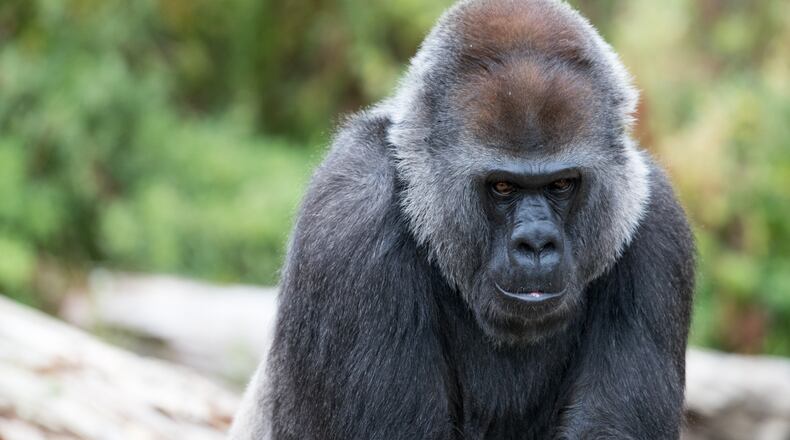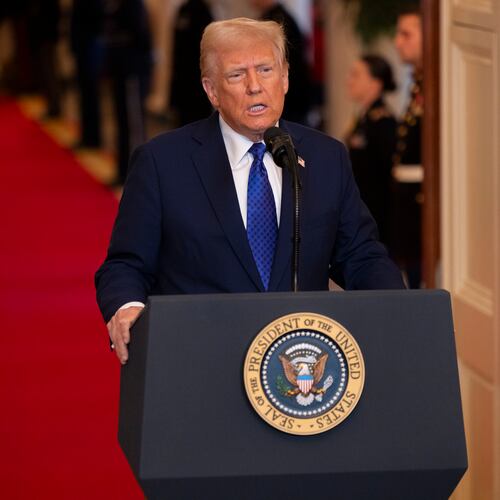Half of the world’s primates, including gorillas, apes, monkeys, lemurs, and others are in crisis and on track for extinction, mainly due to a growing human population and habitat loss.
Some “60 percent of primate species are now threatened with extinction and 75 percent have declining populations,” according to a new study published Wednesday in the journal Science Advances. That means around 300 of the world’s 500 species of primates are currently threatened or endangered, the survey found.
Nonhuman primate species are essential for a healthy environment and balanced ecosystems, which humans also need to survive, the study said.
"This truly is the 11th hour for many of these creatures," study co-leader Paul Garber, an anthropology professor at the University of Illinois, told USA Today.
Garber also said many primate species will disappear quickly, over the next 25 years, unless the world takes action.
“Raising global scientific and public awareness of the plight of the world’s primates and the costs of their loss to ecosystem health and human society is imperative,” the study warned.
The threats to primates’ existence also include industrial agriculture, cattle ranching, logging, mining, oil and gas drilling, hunting, illegal trade in primate parts, and as pets.
About the Author
Keep Reading
The Latest
Featured

